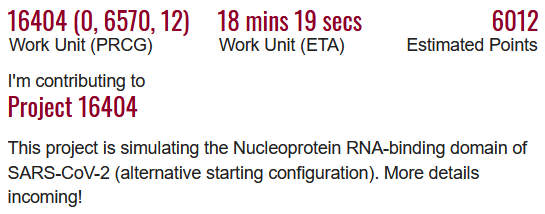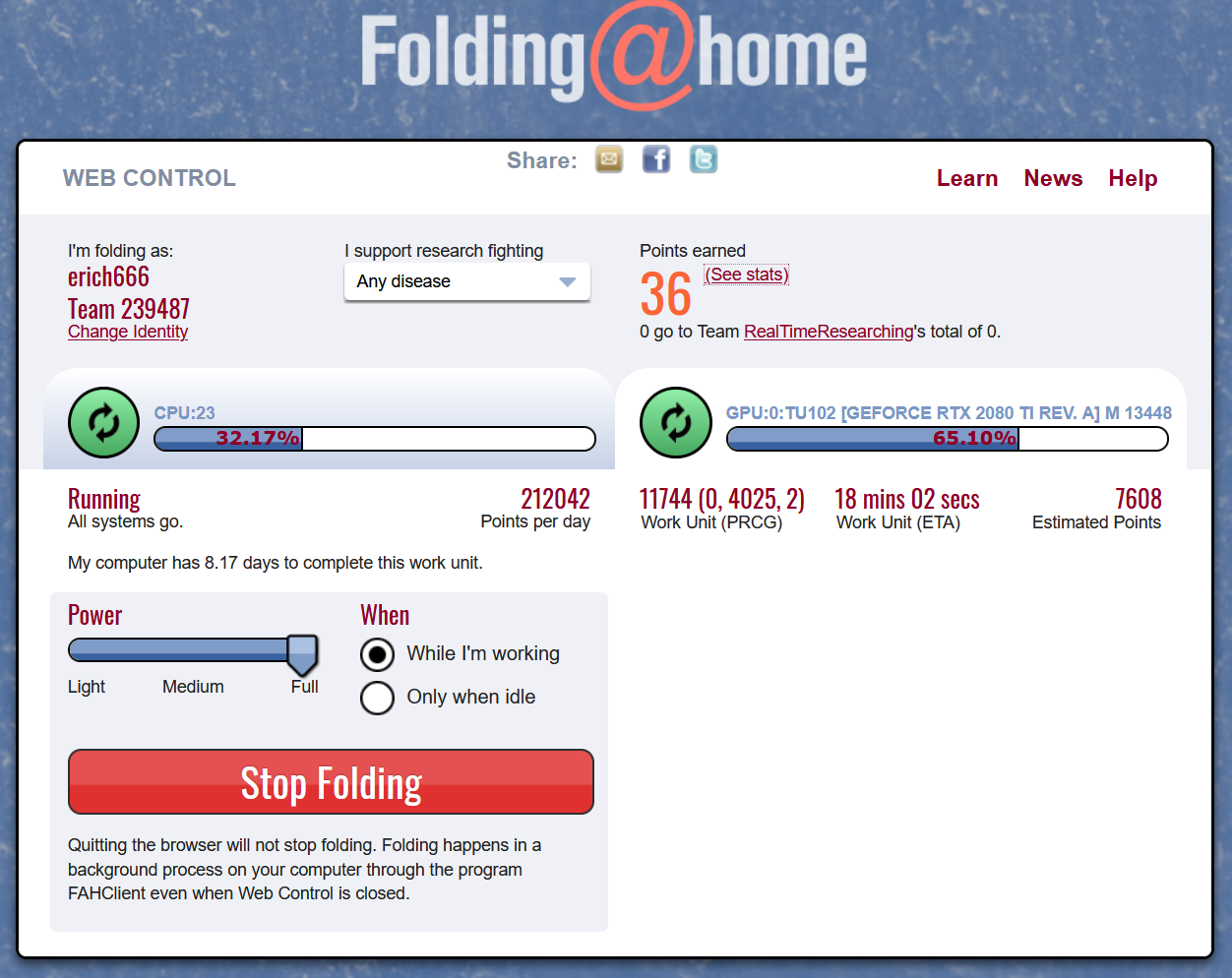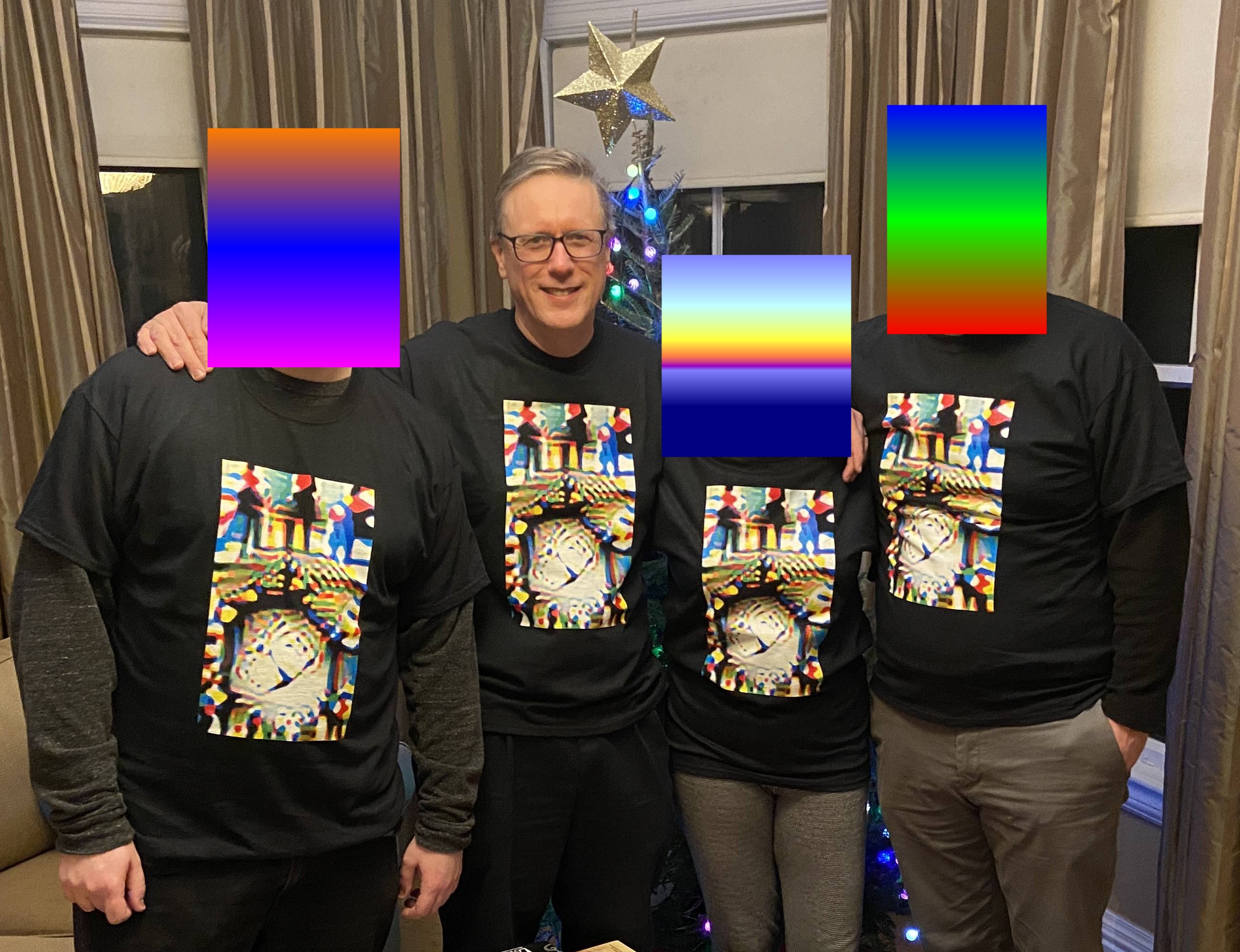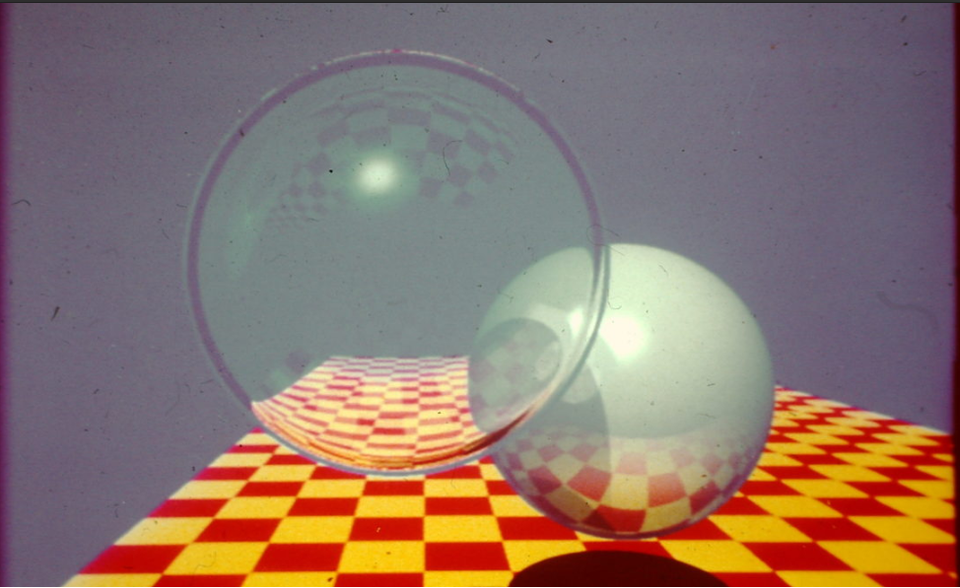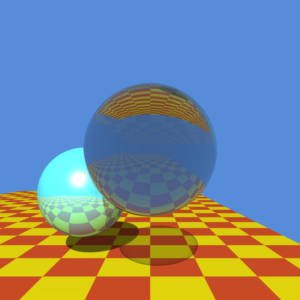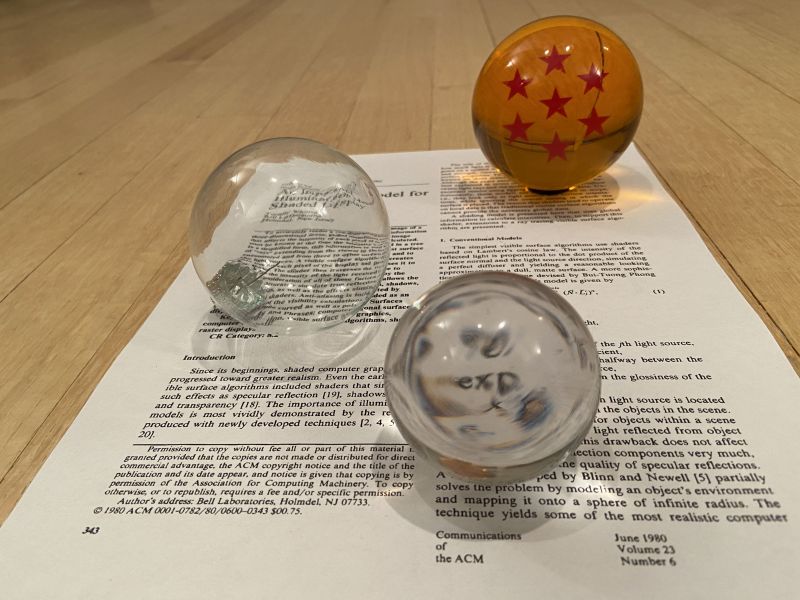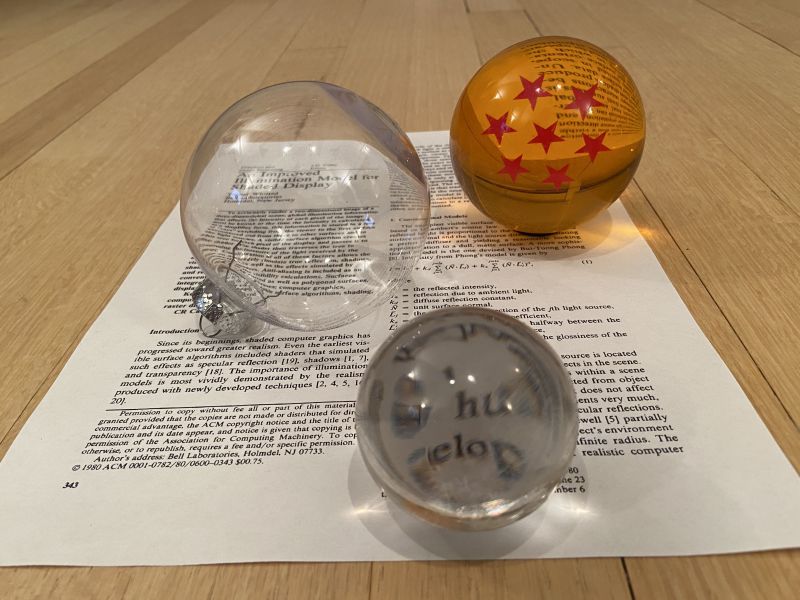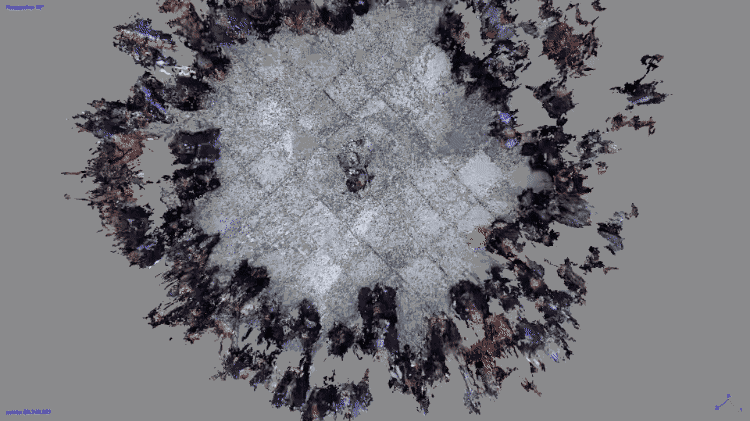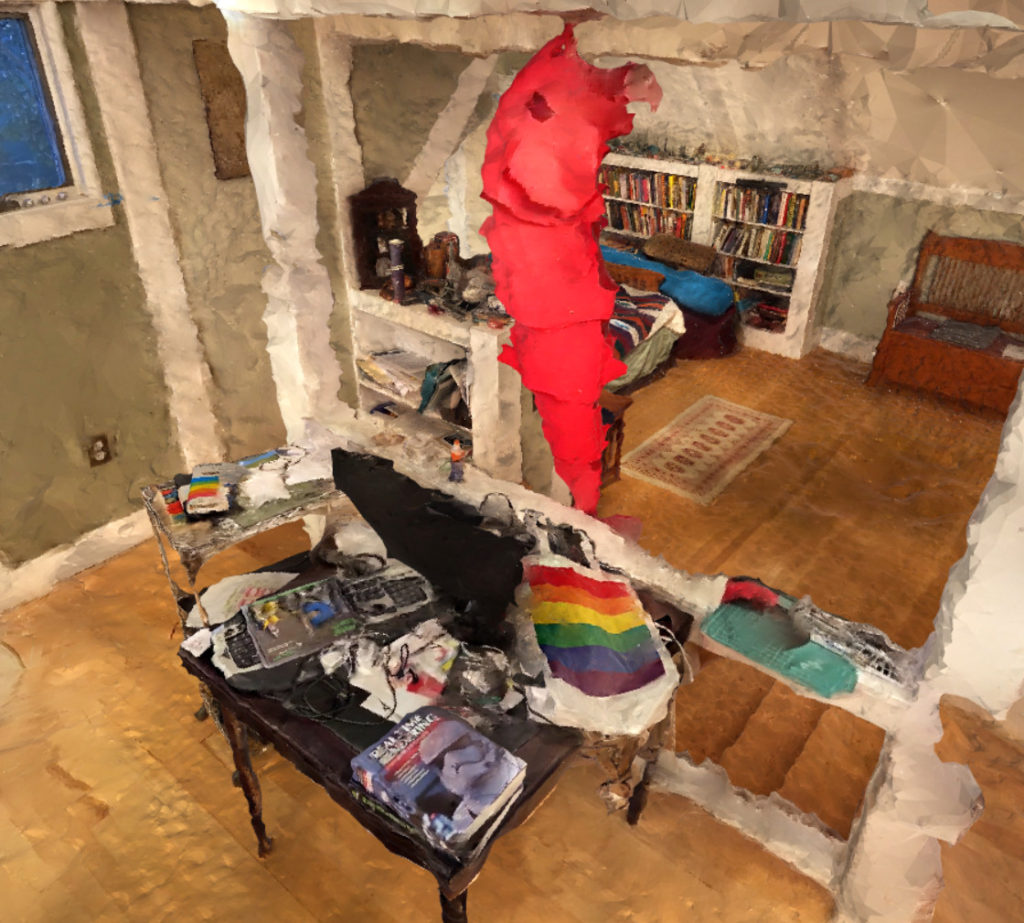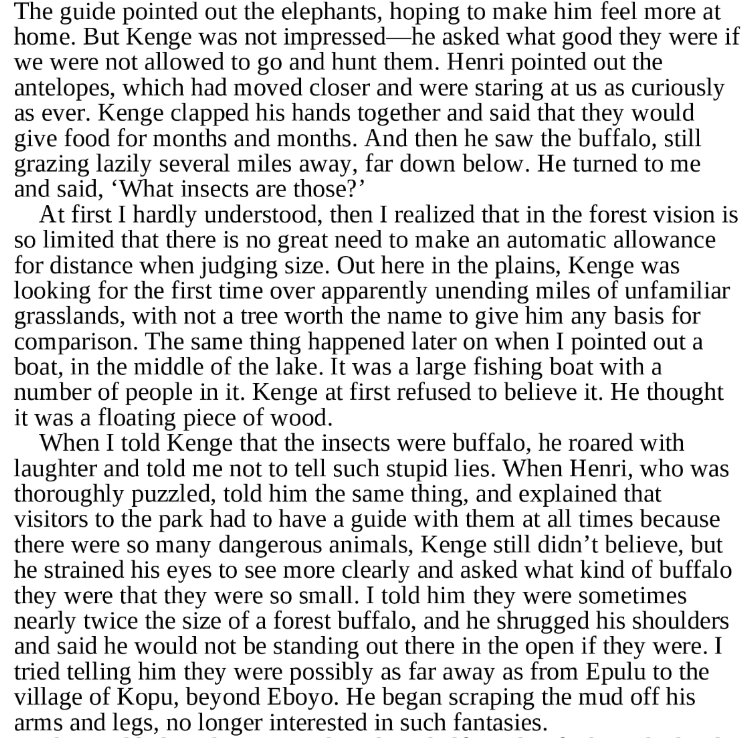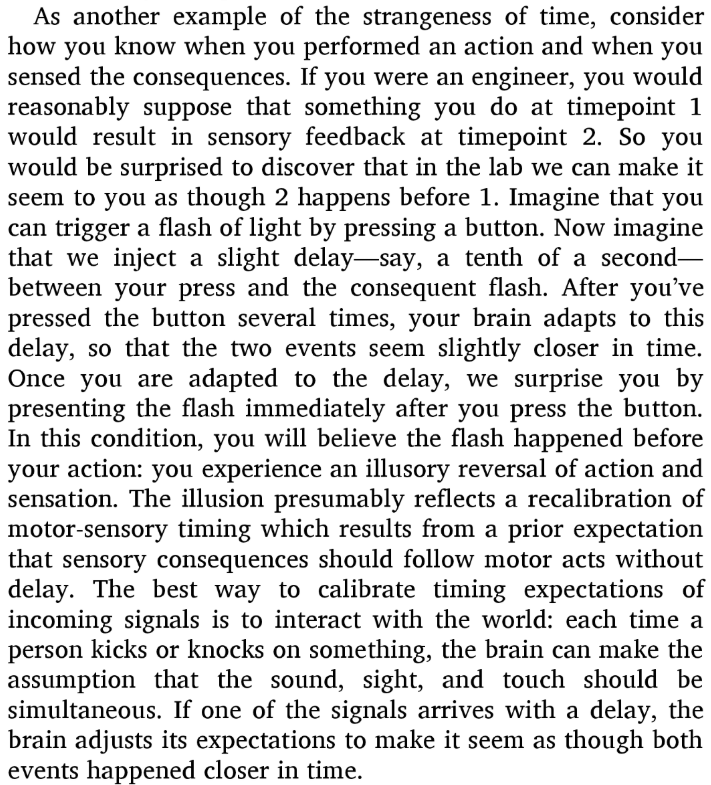Seven things, mainly because I want to bring attention to the first and last items:
- The ACM Digital Library is now free to everyone until June 30th. Get downloadin’!
- I3D 2020 is postponed until (at least) September, but the papers accepted have been announced and will be published in May.
- GDC 2020 didn’t happen in the flesh, but there are talks online. Sadly, though, there look to be none about computer graphics techniques.
- GTC 2020 this week was also virtual. It included a few graphics-related talks, and session content is starting to appear to watch. For example, there’s a quick demo of RTX in Blender’s Cycles renderer, a talk about RTX Minecraft, and a panel of the future of GPU raytracing, among others. You have to register, but it’s free.
- Who knows the fate of SIGGRAPH this year, but I’m happy to see that the dynamic diffuse global illumination research presented at GDC and SIGGRAPH last year is now a free, open-source SDK.
- The free book Ray Tracing in One Weekend has been updated and its code base improved. If you’ve been “meaning to check it out someday,” today’s that day.
- AMD’s joined the party, announcing dedicated ray tracing support in their new RDNA 2 GPU line; video demo here.
Previous post followup: I noticed today I got a work unit for coronavirus on Folding@Home. The psychology here is pretty odd, “oh, foo, my work unit is just helping cure cancer – better luck next time.” Oh, and join our team! We’re in 2326th place, but with your help we’ll get to 2325th in no time. In first place is CureCoin, crypto-currency meets protein folding, aka, “what does anything even mean any more?” We’re living in a William Gibson novel.
